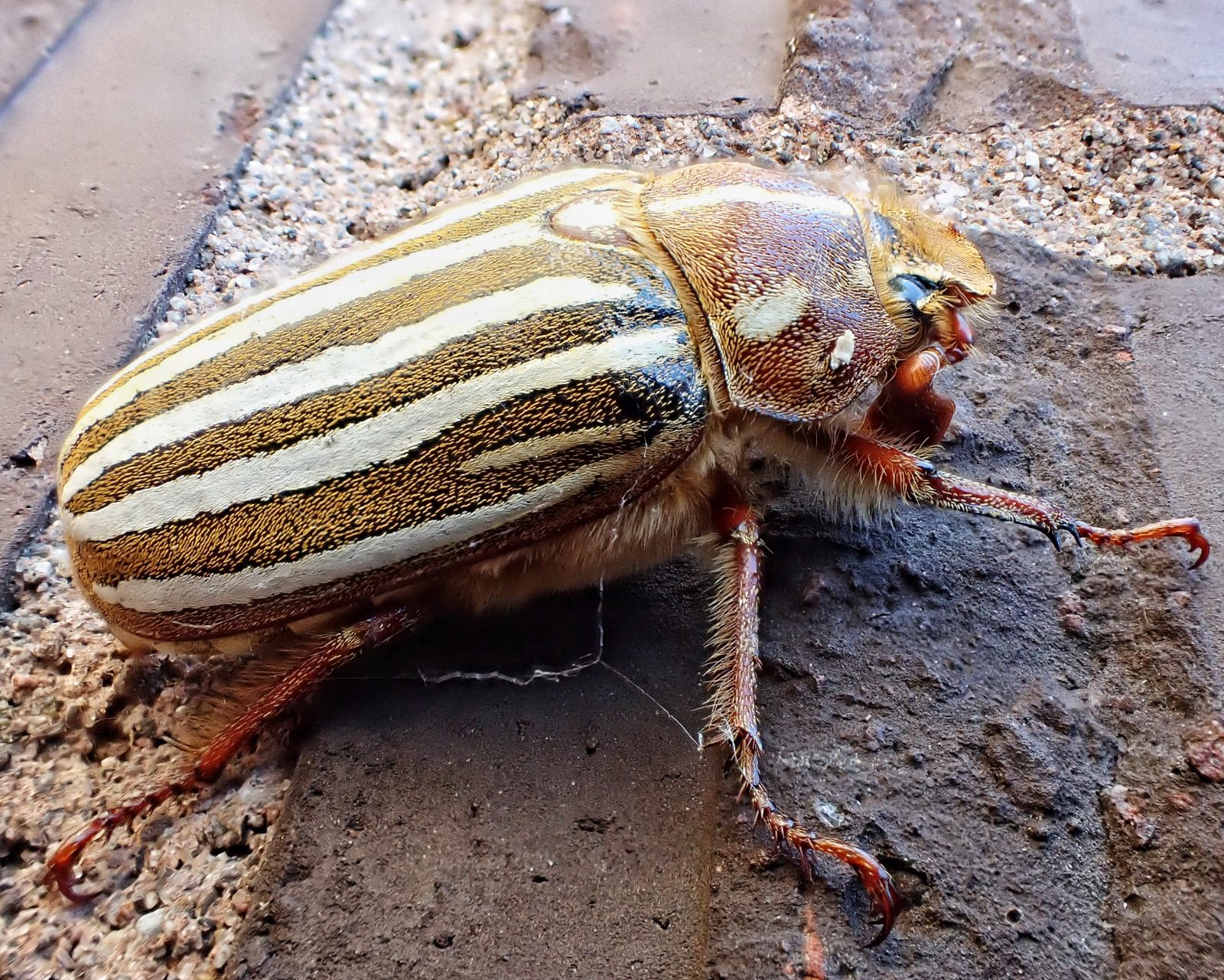If you've ever noticed some little flying bugs around your kitchen sink, you're not alone. These pesky insects can be a nuisance and may even be a sign of a bigger problem in your home. In this article, we'll take a closer look at the top 10 main types of flying bugs that you may find in and around your kitchen sink.Introduction
One of the most common little flying bugs found around kitchen sinks are drain flies. These small, fuzzy insects are attracted to moist environments and can often be found near drains, hence their name. They are harmless to humans, but their presence can indicate a buildup of organic material in your drains.1. Drain Flies
Fruit flies are another common culprit when it comes to little flying bugs in the kitchen. These tiny insects are attracted to ripe or fermenting fruits and vegetables, as well as sugary liquids. They can quickly multiply and become a nuisance in your home.2. Fruit Flies
Gnats are small, black flies that are often found flying around sinks and other damp areas. They are attracted to decaying organic matter and can also be found near plants. While they are mostly just a nuisance, some species can bite and may transmit diseases.3. Gnats
Similar to drain flies, phorid flies are attracted to moist environments and can often be found near drains, toilets, and other areas with organic material. They are known for their erratic flight patterns and can be a sign of a sewage leak in your home.4. Phorid Flies
Fungus gnats are small, dark flies that are commonly found around houseplants. They lay their eggs in damp soil and their larvae feed on fungi and plant roots. While they are mostly just a nuisance, a large infestation can cause damage to your plants.5. Fungus Gnats
While not typically associated with kitchen sinks, mosquitoes can sometimes find their way indoors through open windows or doors. These blood-sucking insects can be a nuisance and can also transmit diseases. Standing water in or around your sink can become a breeding ground for these pests.6. Mosquitoes
House flies are a common sight in many households, including the kitchen. These flies are attracted to food scraps and can quickly become a nuisance. They can also carry bacteria and may contaminate your food.7. House Flies
Cluster flies are a type of fly that is often found in large numbers. They are attracted to warmth and may enter your home through small cracks and crevices. While not harmful, their presence can be a nuisance and may indicate a larger issue with your home's insulation.8. Cluster Flies
Moths are a common household pest that can be found near kitchen sinks. These insects are attracted to food sources like grains, cereals, and even pet food. They can also lay their eggs in these food sources, causing further infestations.9. Moths
The Pesky Problem of Little Flying Bugs Around the Kitchen Sink
The Role of House Design in Managing Pesky Pests
 When it comes to designing a house, most people focus on aesthetics, functionality, and comfort. However, one important aspect that is often overlooked is the role of house design in managing pests. The kitchen, being the heart of the home, is a common area where homeowners encounter pesky pests, specifically little flying bugs around the kitchen sink. These tiny bugs are not only a nuisance, but they can also contaminate food and spread diseases. In this article, we will discuss the various factors in house design that can contribute to the presence of these little flying bugs and how to effectively manage them.
When it comes to designing a house, most people focus on aesthetics, functionality, and comfort. However, one important aspect that is often overlooked is the role of house design in managing pests. The kitchen, being the heart of the home, is a common area where homeowners encounter pesky pests, specifically little flying bugs around the kitchen sink. These tiny bugs are not only a nuisance, but they can also contaminate food and spread diseases. In this article, we will discuss the various factors in house design that can contribute to the presence of these little flying bugs and how to effectively manage them.
Factors That Attract Little Flying Bugs in the Kitchen
 There are several factors in kitchen design that can attract these little flying bugs. One of the main culprits is poor ventilation. If the kitchen lacks proper ventilation, it can create a humid and damp environment that is ideal for breeding and infestation of bugs. Additionally, clutter and food debris left on countertops and in sinks can also attract these pests. Poorly sealed windows and doors can also serve as entry points for bugs, making it easier for them to access the kitchen.
There are several factors in kitchen design that can attract these little flying bugs. One of the main culprits is poor ventilation. If the kitchen lacks proper ventilation, it can create a humid and damp environment that is ideal for breeding and infestation of bugs. Additionally, clutter and food debris left on countertops and in sinks can also attract these pests. Poorly sealed windows and doors can also serve as entry points for bugs, making it easier for them to access the kitchen.
Effective Ways to Manage Little Flying Bugs in the Kitchen
 The good news is that there are simple and effective ways to manage these pesky pests in the kitchen. First and foremost, it is important to ensure proper ventilation in the kitchen. This can be achieved by installing exhaust fans or opening windows to allow for proper air circulation. Regularly cleaning and decluttering the kitchen, especially around the sink area, can also deter bugs from infesting the space. Additionally, sealing any cracks and crevices in windows and doors can prevent bugs from entering the kitchen.
The good news is that there are simple and effective ways to manage these pesky pests in the kitchen. First and foremost, it is important to ensure proper ventilation in the kitchen. This can be achieved by installing exhaust fans or opening windows to allow for proper air circulation. Regularly cleaning and decluttering the kitchen, especially around the sink area, can also deter bugs from infesting the space. Additionally, sealing any cracks and crevices in windows and doors can prevent bugs from entering the kitchen.
The Role of House Design in Preventing Infestations
 Aside from these practical measures, house design can also play a crucial role in preventing infestations of little flying bugs in the kitchen. Opting for materials that are less appealing to bugs, such as stainless steel or ceramic, for countertops and sinks can make it harder for them to thrive. Including a window screen or mesh on doors can also serve as an additional barrier against bugs. Furthermore, incorporating natural pest-repelling plants such as basil, mint, and lavender in the kitchen can help keep these pests at bay.
In conclusion, the presence of little flying bugs around the kitchen sink can be a frustrating and unsanitary problem for homeowners. However, by considering the role of house design in managing pests and implementing practical solutions, these pesky bugs can be effectively managed and prevented. Remember to prioritize proper ventilation, cleanliness, and incorporating pest-repellent measures in your kitchen design to keep your kitchen bug-free and your family safe and healthy.
Aside from these practical measures, house design can also play a crucial role in preventing infestations of little flying bugs in the kitchen. Opting for materials that are less appealing to bugs, such as stainless steel or ceramic, for countertops and sinks can make it harder for them to thrive. Including a window screen or mesh on doors can also serve as an additional barrier against bugs. Furthermore, incorporating natural pest-repelling plants such as basil, mint, and lavender in the kitchen can help keep these pests at bay.
In conclusion, the presence of little flying bugs around the kitchen sink can be a frustrating and unsanitary problem for homeowners. However, by considering the role of house design in managing pests and implementing practical solutions, these pesky bugs can be effectively managed and prevented. Remember to prioritize proper ventilation, cleanliness, and incorporating pest-repellent measures in your kitchen design to keep your kitchen bug-free and your family safe and healthy.




/Getting-rid-of-drain-flies-2656670-V1-1340ca9ec3a743cb95a366862a9961c1.png)
:max_bytes(150000):strip_icc()/Applecider-ver1-a38c1778c648462aa873aa3ee484ccfa.jpg)






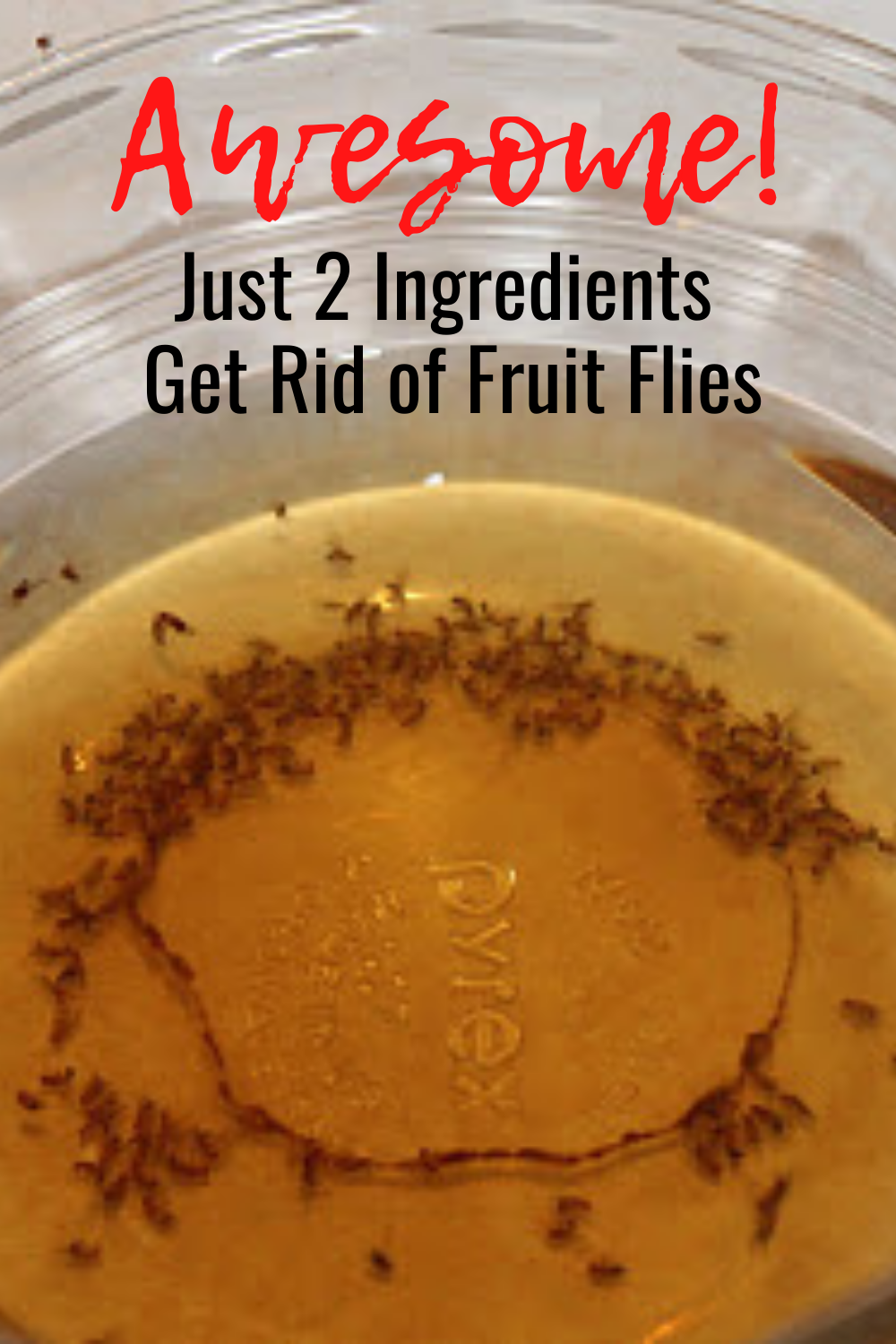

















:max_bytes(150000):strip_icc()/8009214159_282ddf823e_o-57c78a045f9b5829f4c92be1.jpg)


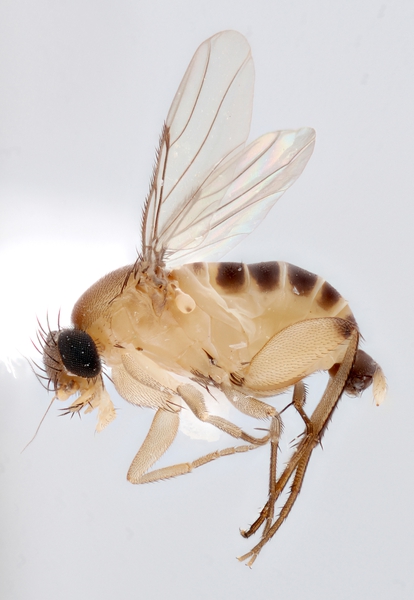




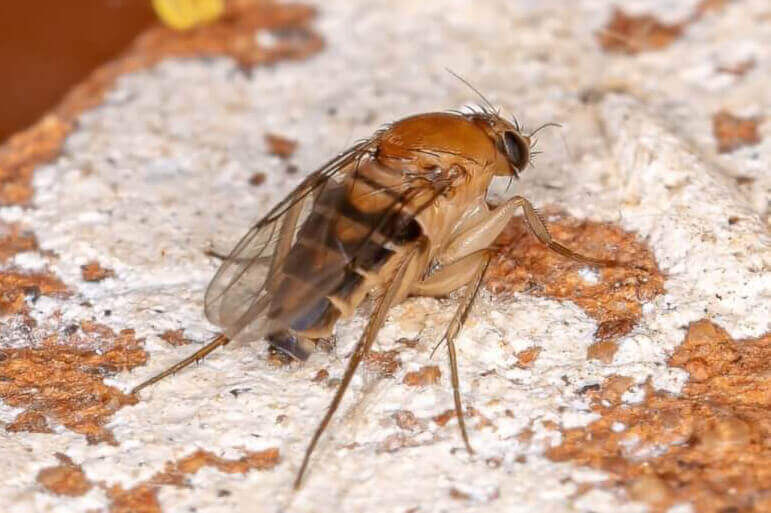



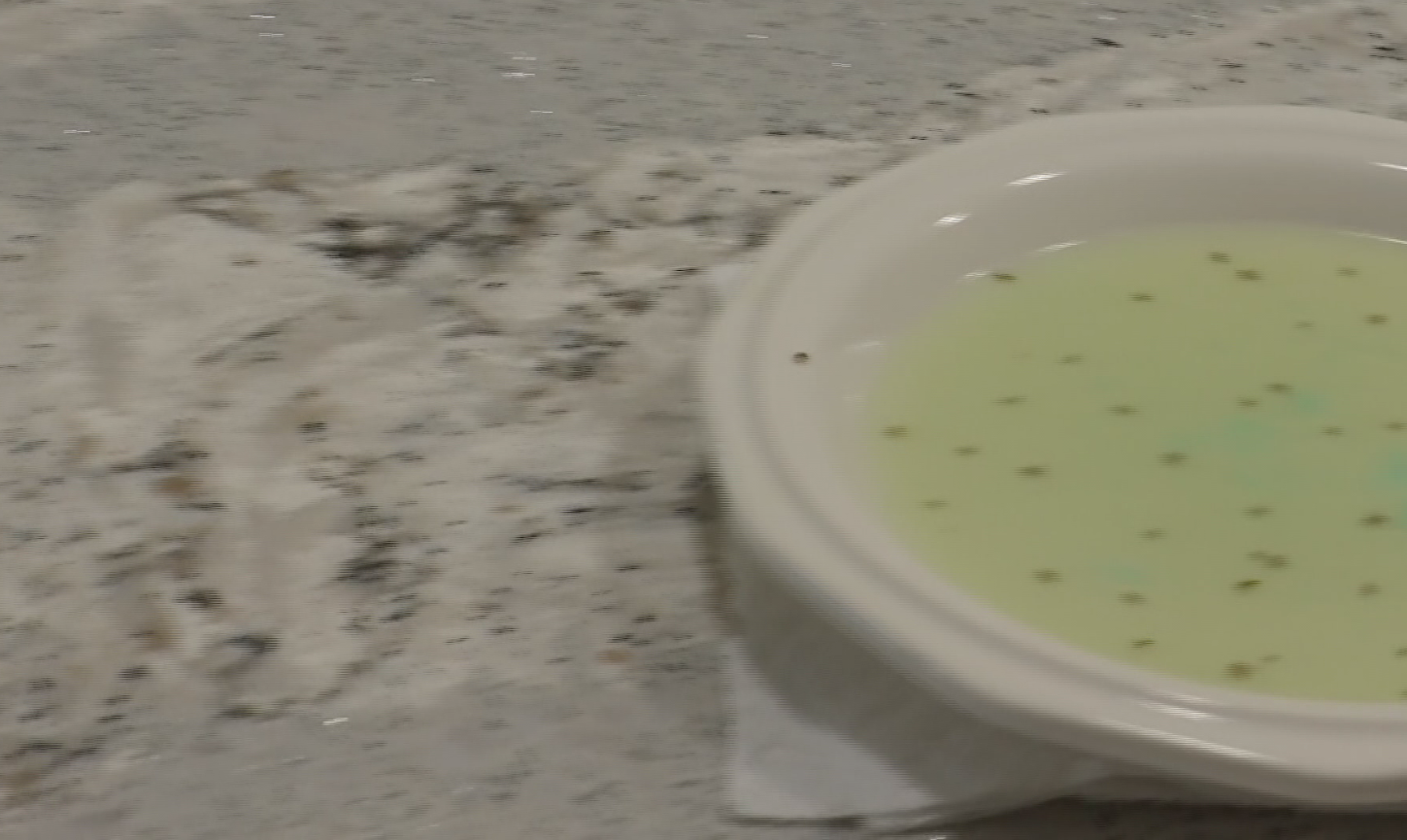




















































/moths-on-wool-sweater-112299687-5a55331b47c2660037867187.jpg)







